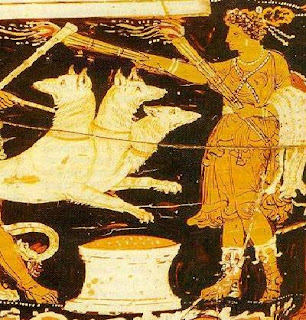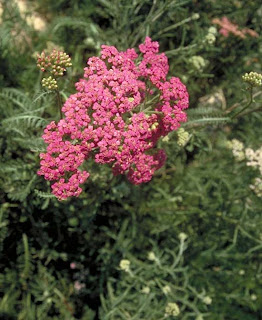Moon Phase: - Triple
Energies: - Divination, prophecies, wisdom, Goddess of Winter
Symbol: Mountains, hills, hammer, deer, staff
**Cailleach is referred to as the “Mother of All” in parts of Scotland. Also known as Scotia, she is depicted as an old hag with the teeth of a wild bear and boar’s tusks. She is believed to be a great sorceress.
One superstition regarding Calliach is that the farmer who is last to harvest his grain would be the person to “look after” Caileach for the rest of the year, until the next harvest. The first farmer who finishes harvesting would make a corn-dolly from the grain he has harvested. He would, then, pass it on to the next farmer who finishes. It would keep going until the corn-dolly ends up with the last farmer. That last farmer would be obligated to watch the “old woman”.
She is also known to have created the earth. “With her hammer she alternately splinters mountains, prevents the growth of grass, or raises storms. Numerous wild animals follow her…”
– Encyclopedia of the Occult, 1920
Resources
http://www.thaliatook.com/AMGG/cailleach.htmlhttp://www.ancientrails.com/?page_id=686






































